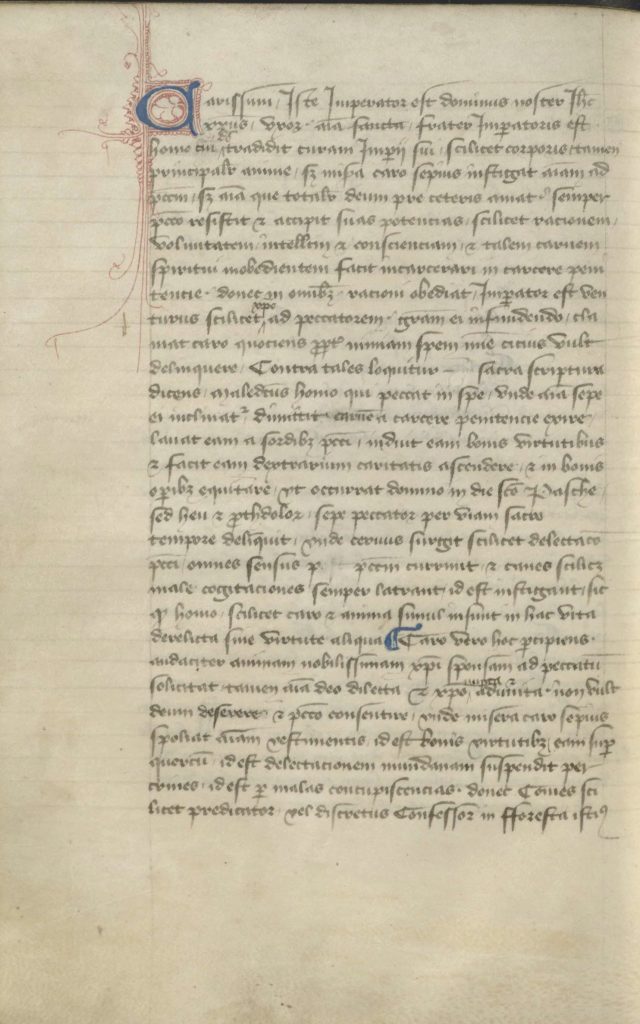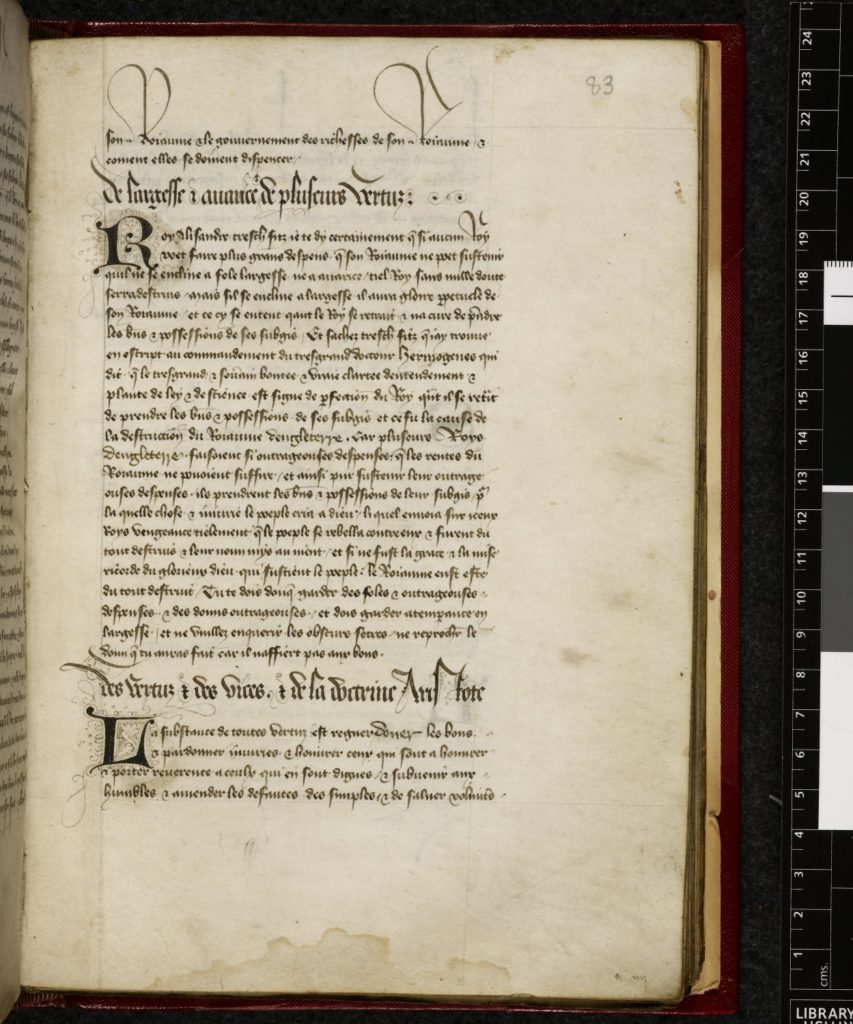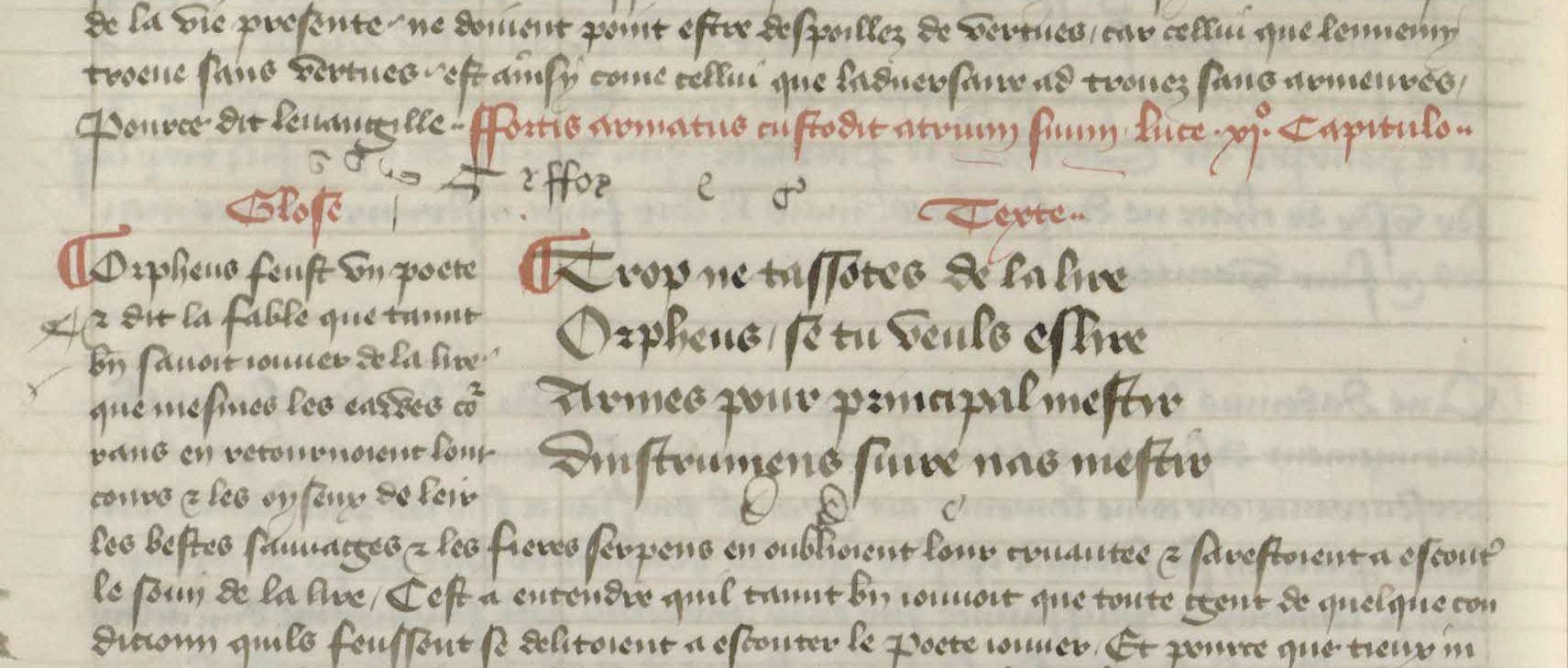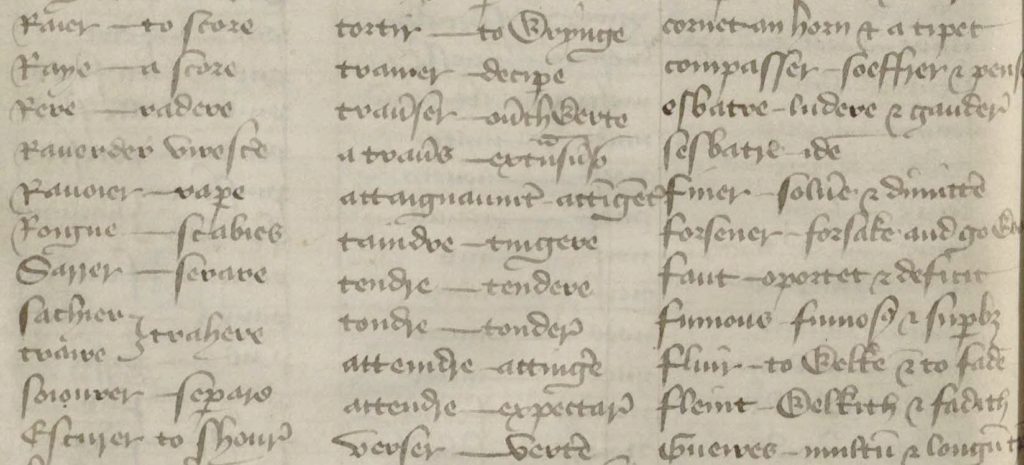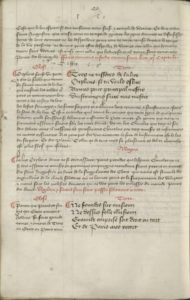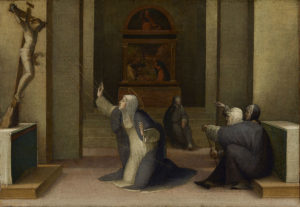
Even Elisabeth Achler’s hagiography admits she was faking it.
Franciscan tertiary Achler (1386-1420) fulfills all the stereotypical demands of late medieval women’s sanctity, although sometimes just barely. It is an extreme that gets her into trouble. During her three-year fast and her even more extreme twelve-year fast, she ate nothing but the Eucharist. Well, the Eucharist, and the food she stole from the kitchen and hid under her bed. [1]
The wobbly nature of Achler’s portrayed sanctity suggests her hagiographer is being somewhat honest, and in this case, honest to a conscious attempt to achieve living sainthood. Achler tried to live up to an ideal.
That is nothing unusual in any time or place, of course. But this case is particularly interesting as scholars question more and more the extent to which late medieval ascetic sanctity was historical versus rhetorical.
Nicholas von Flue was a wildly famous living saint whose cell became a pilgrimage site for peasants all the way up to scholars and bishops. Nicholas’ public reputation (and eventual hagiographic portrayal) represented him as a Desert Father come again. He was the most severe ascetic possible (not even eating the Eucharist!) and a hermit. His face was gaunt, his skin yellow or colorless, his hands ice cold; he lived in isolation to the point where he was known as the “Forest Brother.” [2]
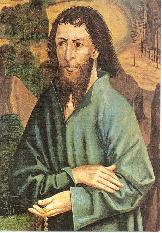
And no matter how many people saw him in person, it didn’t matter that his hands were warm, he looked healthy, and his cell was on a corner of the property where his wife and children lived.
Whether Nicholas did or didn’t eat and whether he did or didn’t see his family are both beside the point. His sanctity was built on the rhetoric of imitating, or besting, the Desert Fathers.
But nothing better embodies the debate over historicity versus literary construction, or the ideal of women’s ascetic sanctity to which Achler aspired, than a group of books from Dominican women’s convents in fourteenth-century southern Germany. Here I want to focus on the first-person “autohagiography” of one nun, the so-called Revelations of Margaret Ebner. [3]
From external evidence, we know that Ebner was a historical person with a reputation for sanctity already in her own lifetime. There seemed no reason to doubt that the Revelations filled in the details from Ebner’s (necessarily biased and subjective) point of view. [4] The text recounts her spiritual life over the course of several decades: repetitive prayer, devotion to the Passion and the Christ-child, heavily somatic piety, sensations of sweetness, severe sickness. It is repetitive and simplistically written.
If you’re thinking this is the spirituality that was once accounted “hysterical,” you are absolutely correct. If you’re thinking this is the spirituality that scholars now recognize as distinctively feminine with very real social-theological significance, you are also correct.
But what if the Ebner of the Revelations is a hagiographic Nicholas von Flue? What if the literary portrayal of living sainthood is unconnected from the reality of a woman nevertheless renowned as holy?
So runs Susanna Bürkle’s argument for Revelations. Bürkle argues that a nun or nuns at Ebner’s convent constructed the I-narrator of the autohagiography as an exemplar of so-called women’s sanctity. [5]
Or, to speak in the idiom of the twenty-first century: the nuns curated a public version of Ebner that adhered to the demands of women’s sanctity.
It’s easy to draw parallels between blog posts with comments and manuscripts with glosses, between Tumblr and commonplace books. So how about late medieval women’s autohagiography and hagiography as Instagram and Facebook?
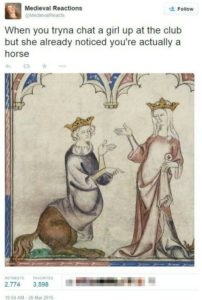 We’ve all seen the “I take 1000 selfies for every one I can post” Instagram admissions, and the smartphone videos where the gorgeous YouTube star turns this way and that to display how she can go from (ridiculously thin and good-looking) normal to supermodel quality with angles and makeup. These social media accounts have a rhetoric of their own. The “Feet in the foreground, beautiful scenery in the background” photo means ultimate relaxation. Twitter has its own grammar, often departing from “proper” English, that mashes up different vernaculars and changes from meme to meme.
We’ve all seen the “I take 1000 selfies for every one I can post” Instagram admissions, and the smartphone videos where the gorgeous YouTube star turns this way and that to display how she can go from (ridiculously thin and good-looking) normal to supermodel quality with angles and makeup. These social media accounts have a rhetoric of their own. The “Feet in the foreground, beautiful scenery in the background” photo means ultimate relaxation. Twitter has its own grammar, often departing from “proper” English, that mashes up different vernaculars and changes from meme to meme.
And, as article after article reminds us, social media is brutal for self-esteem because we are convinced these accounts portray something of reality. No matter how much we are aware of constructing our own Facebook feeds and dividing up our Reddit alts, the ideal of others’ lives looks real. The occasional admission of failure or falseness is the modern humility topos, yes. It is also a guarantee of reality—a sign we can trust these people, who, after all, are honest about their dishonesty.
Whether or not an Instagram account is an accurate summary of the life behind it is irrelevant to us in these cases. All we can see, and all that the users mean to convey, is the ideal.
But as Elisabeth Achler’s desperate hoarding and bingeing reminds us, the construction of exemplarity in the Life of Catherine of Siena and the Vitae patrum, in Revelations and the Sister-books—on twenty-first century social media—has its costs.
Nicholas von Flue died at age 70. Margaret Ebner died at age 60.
Elisabeth Achler died at 34.
Cait Stevenson, PhD
University of Notre Dame
—
[1] The oldest recension of Achler’s hagiography, probably from an autograph by its author, was published by Karl Bihlmeyer, “Die schwäbische Mystikerin Elsbeth Achler von Reute († 1420) und die Überlieferung ihrer Vita,” in Festgabe Philipp Strauch zum 80. Geburtstag, ed. Ferdinand Joseph Schneider and George Basecke (Halle: Niemeyer, 1932), 88-109.
[2] Gabriela Signori examines the role of appearance in Nicholas von Flue’s hagiographies and reputation: “Nikolaus of Flüe (d. 1487): Physiognomies of a Late Medieval Ascetic,” Church History and Religious Culture 86, no. 1-4 (2006): 229-255.
[3] The standard edition is Philipp Strauch, Margaretha Ebner und Heinrich von Nördlingen: Ein Beitrag zur Geschichte der deutschen Mystik (Amsterdam: P. Schippers, 1966). Ebner’s text is the best-known among the Sister-books and related Dominican women’s texts because of its accessible English translation: Margaret Ebner: Major Works, trans. Leonard Patrick Hindsley, Classics of Western Spirituality (New York: Paulist Press, 1993).
[4] On the question of whether medieval visionary texts reveal something of the visionaries’ actual experiences: Peter Dinzelbacher, “Zur Interpretation erlebnismystischer Texte des Mittelalters,” Zeitschrift für deutsches Altertum und deutsche Literature 117 (1988): 1-23.
[5] Bürkle’s argument for Ebner is part of a long line of work by primarily German scholars on the Sister-books. Piece by piece, they (including Bürkle herself, working on Engelthal) have built an argument for the 14th-century Dominican women’s texts as deliberate literary works, though they differ as to the purpose of these constructions and what information the Sister-books can still tell scholars. “Die ‘Offenbarungen’ der Margareta Ebner: Rhetorik der Weiblichkeit und der autobiographische Pakt,” in Weibliche Rede – Rhetorik der Weiblichkeit. Studien zum Verhältnis von Rhetorik und Geschlechterdifferenz, ed. Doerte Bischoff and Martina Wagner (Berlin: Walter de Gruyter, 2003), 79-102.

